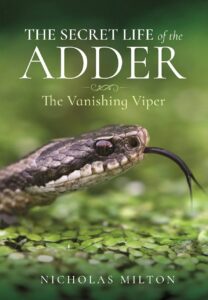 In 2019, the most comprehensive survey ever of adders was published. According to ‘Make the Adder Count’ the species will disappear from most of Britain in the next 15-20 years unless we take action now. But despite being a priority conservation species under the Biodiversity Action Plan, not a single nature reserve in Britain has been specifically designated to protect adders. The Secret Life of the Adder contains a 10-point action plan which, if implemented, could help to restore the adder to its former range across Britain. With a foreword by BBC’s Iolo Williams, this book is a story of our time, one which typifies the age of extinction through which we are all living and are all responsible.
In 2019, the most comprehensive survey ever of adders was published. According to ‘Make the Adder Count’ the species will disappear from most of Britain in the next 15-20 years unless we take action now. But despite being a priority conservation species under the Biodiversity Action Plan, not a single nature reserve in Britain has been specifically designated to protect adders. The Secret Life of the Adder contains a 10-point action plan which, if implemented, could help to restore the adder to its former range across Britain. With a foreword by BBC’s Iolo Williams, this book is a story of our time, one which typifies the age of extinction through which we are all living and are all responsible.
Author Nicholas Milton recently took the time to discuss his new book with us, explaining the inspiration behind it, his opinion on current ecological guidelines and his advice to naturalists that might want to get involved in reptile monitoring.
Could you tell us a bit about your background and what inspired you to write The Secret Life of the Adder: The Vanishing Viper?
I graduated with a degree in Environmental Science in 1989, and then worked in the environmental movement. My first job was with the RSPB and afterwards I worked for the Farming and Wildlife Advisory Group (now sadly defunct), The Wildlife Trusts and Greenpeace. I’ve been fascinated by adders since childhood and at the RSPB I was lucky enough to spend time with the late Ian Prestt. As well as being the Director of the RSPB, Ian was also a leading authority on adders (his M.Sc. was on vipers as he liked to call them). Every week we would go looking for adders and he taught me a lot about them. Sadly, Ian passed away in 1995 and since then the adder population has crashed. This was confirmed in 2019 when the most comprehensive survey ever of adders was published. ‘Make the Adder Count’ showed that the species will disappear from most of Britain in the next 15-20 years, so I decided that in Ian’s memory I had to do something about it. The book is my attempt to conserve the species using a 10-point adder action plan, and wake up the government, its nature conservation agencies, the media and the public to its plight before it is too late.
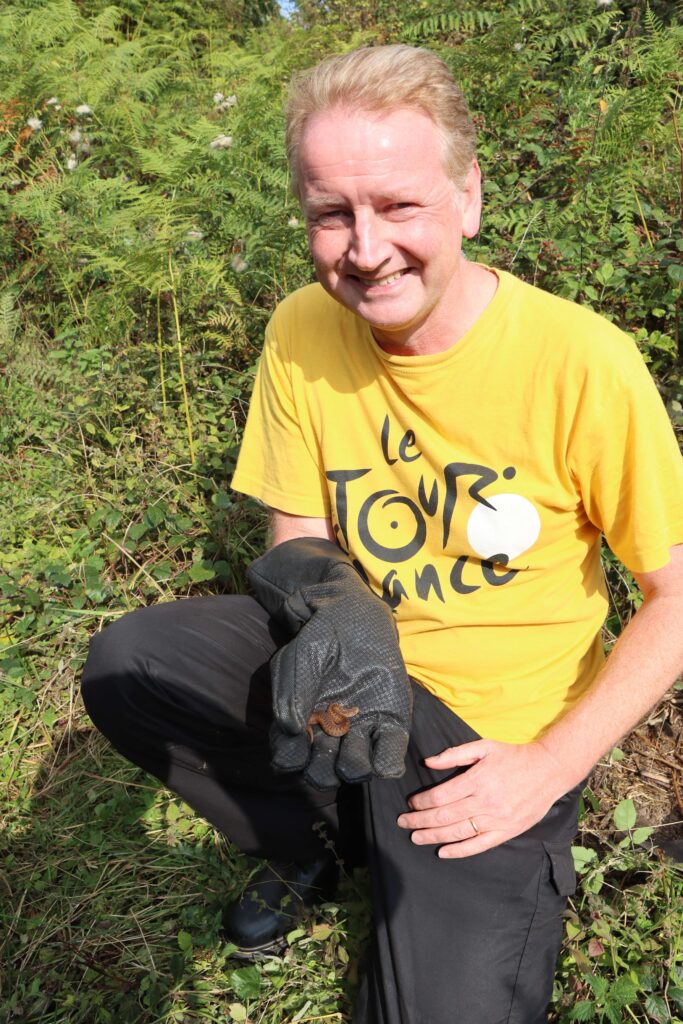
As well as authoring this book, you work as a freelance journalist for a variety of publications. Among your work are articles promoting the conservation and public image of the adder. How have you found the reception of such pieces?
It’s not easy to make the case for a venomous snake in Britain because we live in a small and crowded island with increasingly little space for wildlife. Every year there are a plethora of completely irresponsible adder ‘horror’ stories in the media which reinforce the mistaken impression that the adder is a dangerous species. No one has died from an adder bite in over 40 years and these stories rarely, if ever, mention that the species is on the verge of extinction. In reality the adder is a shy and sensitive snake which will always avoid interaction with people unless it is molested. The good news is attitudes towards adders are slowly changing, spearheaded by organisations like the Amphibian and Reptile Groups of the UK and the Amphibian and Reptile Conservation Trust who do fantastic work telling people about how wonderful adders are and conserving their remaining colonies.
There are many beautiful photographs in The Secret Lives of Adders, a notable majority of which have been taken in-situ. This is in contrast to images in many other herpetological titles. What were the reasons behind this decision?
I can’t claim credit for most of the images in the book which were taken by the photographer Roger McPhail. He very kindly donated them for free as he wanted to help conserve the species. By being taken in-situ the pictures really help to bring home how amazing adders really are.
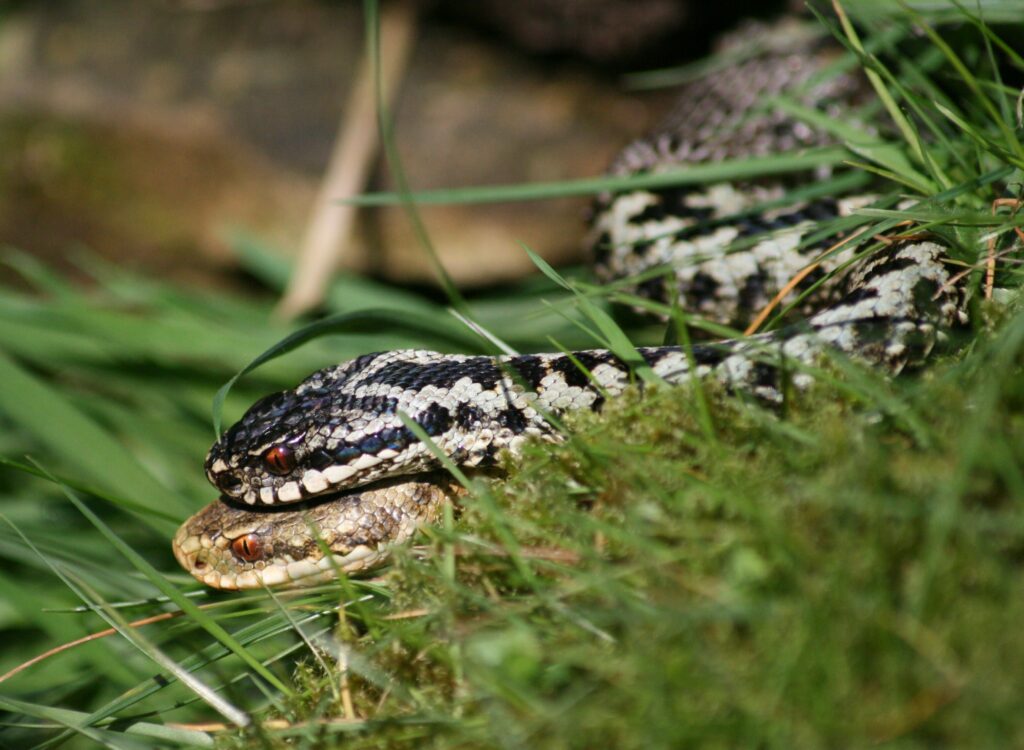
In the first chapter, you give an overview of how our tumultuous relationship with reptiles and amphibians in the UK has changed over the last hundred years (and beyond). Do you feel that our native herpetofauna is sufficiently catered for in ecological guidelines today?
The history of the adder in Britain is sadly one of relentless persecution, from Biblical times to the point we have arrived at today where the species could be extinct across most of Britain in the next 15-20 years. There are a lot of good guides to our herpetofauna but not many address the difficult conservation issues facing our reptiles and amphibians, from climate change and persecution to the release of millions of non-native pheasants and uncontrolled dogs on nature reserves. I expect the book will prove quite controversial as it advocates a 10-point adder action plan which includes protecting in law all remaining adder sites, reporting sensational and negative news stories to the press regulator, banning dogs from sites where adders occur and making it illegal to release game birds within a mile of adder colonies.
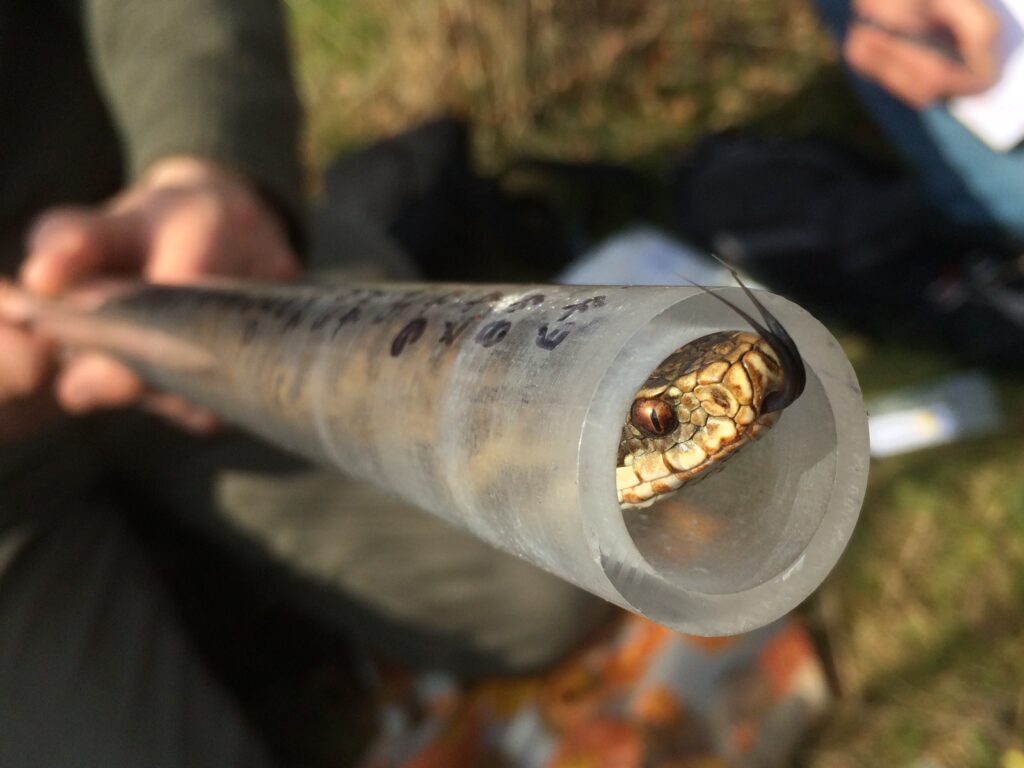
Over the course of your career you have written several books, including natural history titles and a historical biography. How does writing in two such different fields compare?
I love writing about history and wildlife – my first two books were ‘Neville Chamberlain’s Legacy’ which included his love of wildlife (his way of coping with Hitler was to go birdwatching in St. James’s Park) and the Role of Birds In World War Two (How Ornithology Helped To Win The War) which has just been published by Pen and Sword. History books require painstaking research and you are often working with a limited amount of material. In contrast with natural history books, you can access new research, talk to experts in the field and build in your own observations, allowing you to really write from the heart. What all the books have in common though is how important wildlife is to all of us in terms of our mental health and the solace it brings even in the most challenging times.
Chapter three – The Ecology of the Adder – gives a fascinating view into the lives of these enigmatic reptiles. What advice would you offer to naturalists who would like to proactively contribute to monitoring and/or conservation efforts, or just to observe them in the field?
Adders are truly amazing. They are our only venomous snake which means they hold a very special place in our wildlife – it would be a tragedy if they went extinct across most of Britain in our lifetime. While we know a lot about the secret life of adders from research, there is still much we need to learn about how our dwindling populations are reacting to new threats like climate change and the millions of pheasants we release into the countryside every year. So amateur naturalists can really help us by monitoring sites where they occur. Anyone who is interested in doing this should join the Amphibian and Reptile Groups of the UK, the Amphibian and Reptile Conservation Trust or the British Herpetological Society and submit any sightings to Make the Adder Count.

In chapter five – Conserving Adders – you mention the importance of rewilding to the recovery of adders. We hear plenty about reintroductions of beavers and birds of prey, but the movement’s potential benefits to our more overlooked wildlife can often be forgotten. How can rewilding projects help our reptiles?
Rewilding targeted to the right places could help adders a lot. Rewilding tends to be associated with high profile species but it is also a way of helping all our wildlife. In the case of adders, Make the Adder Count showed that 90% of the sites where adders now occur in Britain have 10 or less adult snakes. This makes them very vulnerable to any catastrophic event, such as the destruction of their hibernaculum and also genetic defects due to inbreeding. As sites are often isolated from other colonies, joining together the small and scattered populations must now be a conservation priority, particularly in those areas where the species is on the verge of local extinction.
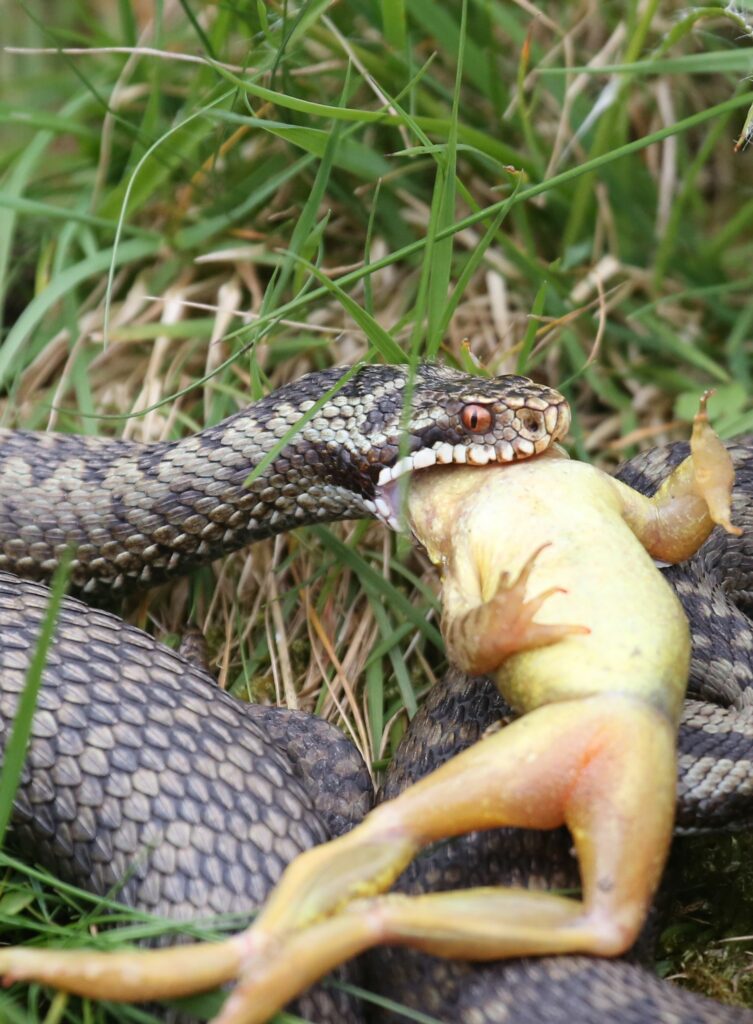
 The Secret Life of the Adder: The Vanishing Viper
The Secret Life of the Adder: The Vanishing Viper
By: Nicholas Milton
Hardback | May 2022 | £21.50 £24.99
All prices correct at the time of this article’s publication.





